- Building a pilot model for high-quality and low-emission rice production at Hong Phat Cooperative
- Farmers excited about low-emission rice model
- Vinh Thanh commune demonstrates organic rice production model
According to many farmers, when implementing the high-quality, low-emission rice production model, associated with green growth, the productivity and quality of rice increased compared to traditional production. In particular, when implementing this model, farmers are supported by the State with 50% of the value of rice seeds and biological products for rice care, so farmers save on production costs and limit environmental pollution.
In the last summer-autumn rice crop, Kinh Don Agricultural Service Cooperative tested 60 hectares of high-quality, low-emission rice, associated with green growth, with very positive results. This winter-spring crop, the number of cooperative members registered for production has increased. Currently, the entire cooperative has 90 hectares of production following the high-quality , low-emission rice model, associated with green growth (of which, 60 hectares are supported with rice seeds and biological products; 30 hectares are self-produced by cooperative members). Up to now, the cooperative members have finished sowing.
 Members of Kinh Don Agricultural Service Cooperative focus on taking care of the winter-spring rice crop.
Members of Kinh Don Agricultural Service Cooperative focus on taking care of the winter-spring rice crop.
Mr. Nguyen Vu Truong, Director of Kinh Don Agricultural Service Cooperative, informed: "In the last summer-autumn rice crop, farmers produced rice according to the high-quality, low-emission rice model associated with green growth with quite good results, so this winter-spring rice crop everyone wants to maintain this model. Therefore, the cooperative has expanded by 30 hectares. Currently, the rice is 10-20 days old and growing quite well, people are very excited."
Mr. Nguyen Van Dang, a member of Kinh Don Agricultural Service Cooperative, said: "Last summer-autumn crop, I participated in a model of producing high-quality, low-emission rice, associated with green growth, reducing costs while achieving higher efficiency. This winter-spring crop, although not supported, I still maintained production according to this model, linking the chain with the cooperative to get input materials and create output for the products."
In addition to Kinh Don Agricultural Service Cooperative, two other cooperatives in the commune also implement the high-quality, low-emission rice production model, with an area of 90 hectares; bringing the total production area under this model to 180 hectares.
Mr. Nguyen Hoang Chien, a member of Long Giang Cooperative, Da Bac A Hamlet, shared: "This is the first crop that members of the Cooperative have participated in production according to the high-quality, low-emission rice model, associated with green growth. This model is very beneficial. In addition to being supported with rice seeds and fertilizers, people are also trained in farming techniques to apply in the production process. The new thing about the model is that during the production process, people must carry out the process of changing water for rice in the middle of the crop. After harvesting, people must collect straw from the fields for other purposes, not burn it or put it on the ground, causing greenhouse gas emissions. In production, only biological products are used to protect rice, thus limiting environmental pollution."
 Members of Kinh Don Agricultural Service Cooperative focus on taking care of the winter-spring rice crop.
Members of Kinh Don Agricultural Service Cooperative focus on taking care of the winter-spring rice crop.
Mr. Nguyen Van Doan, Vice Chairman of the Commune People's Committee, informed: "The whole commune has nearly 9,500 hectares of rice production. The commune is reviewing the natural conditions of each area to have a direction to expand the model of high-quality, low-emission rice production, associated with green growth in the next crops. In the immediate future, the commune will choose areas with flat terrain and a guaranteed irrigation system to implement first. The remaining areas will be propagated and mobilized to mobilize people to closely coordinate with local authorities in implementing the planning, ensuring effective production before implementing".
The model of high-quality, low-emission rice production associated with green growth opens up a sustainable direction for two-crop rice production for farmers in freshwater communes. For the model to be increasingly expanded, relevant sectors need to pay attention to planning irrigation systems, closing sub-regions so that people can proactively source water during the production process, avoiding situations where prolonged heavy rains cause flooding, or when local droughts cause a lack of irrigation water, affecting rice yield and quality.
Tran Quoc
Source: https://baocamau.vn/nong-dan-huong-ung-san-xuat-lua-phat-thai-thap-a124204.html




![[Photo] VinUni students' emotions are sublimated with "Homeland in the Heart: The Concert Film"](/_next/image?url=https%3A%2F%2Fvphoto.vietnam.vn%2Fthumb%2F1200x675%2Fvietnam%2Fresource%2FIMAGE%2F2025%2F11%2F26%2F1764174931822_10-3878-jpg.webp&w=3840&q=75)


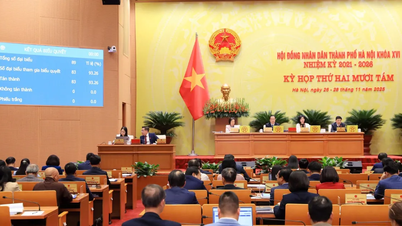

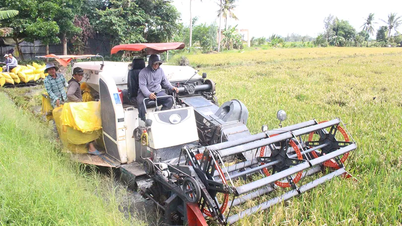

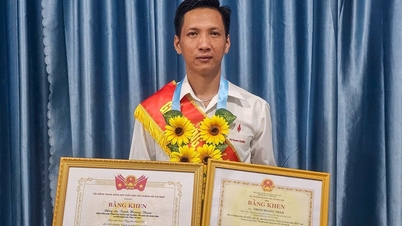
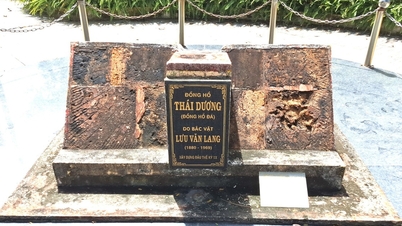




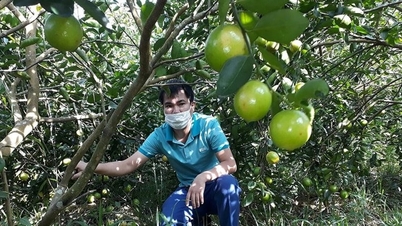






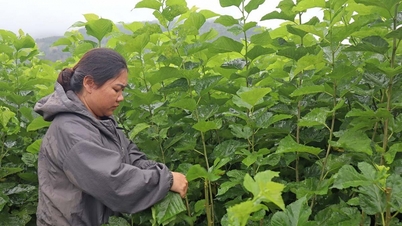





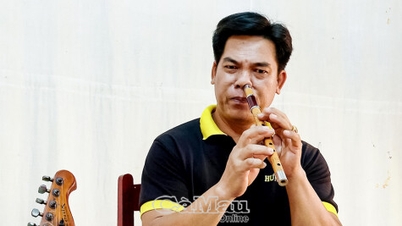
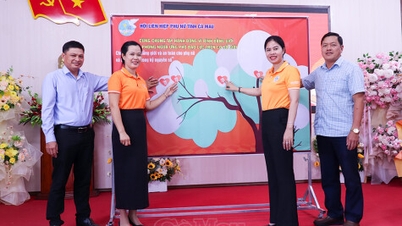
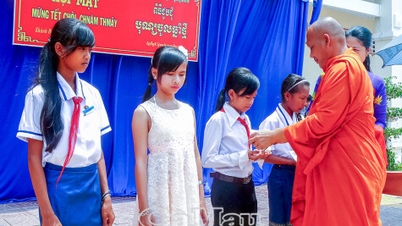
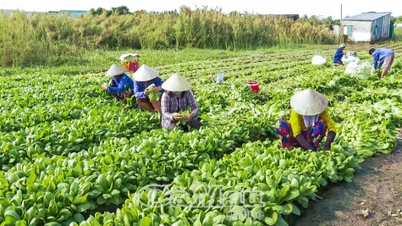
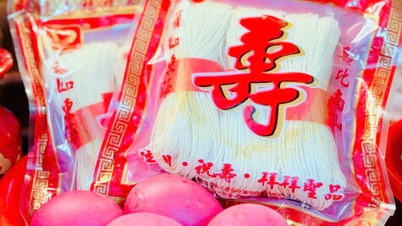


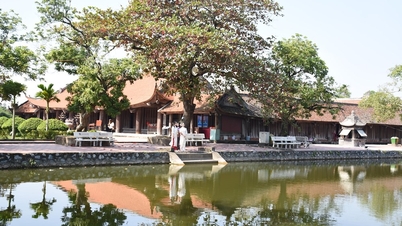





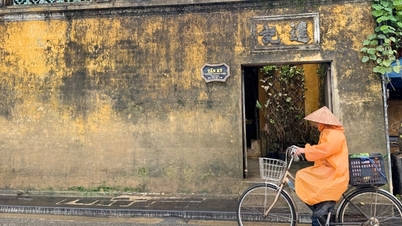







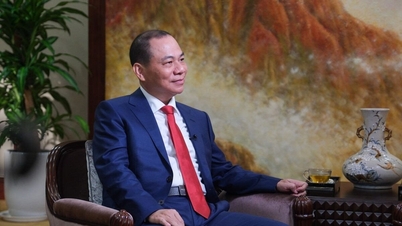





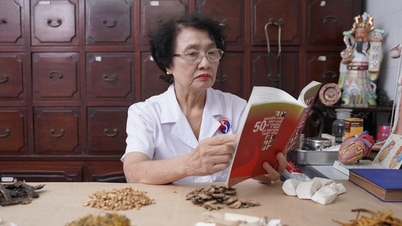





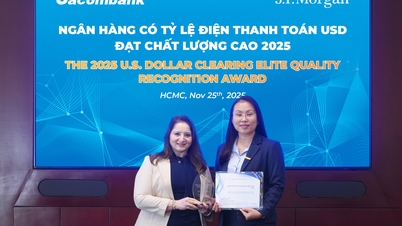

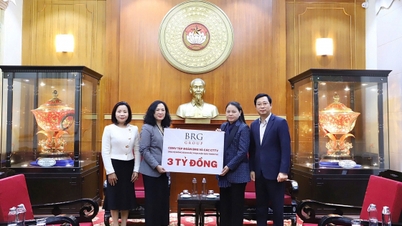








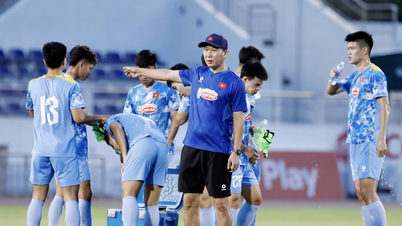






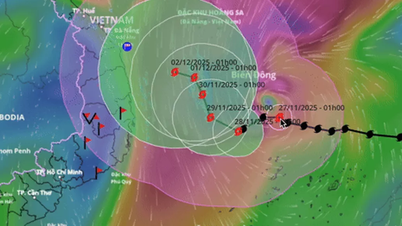

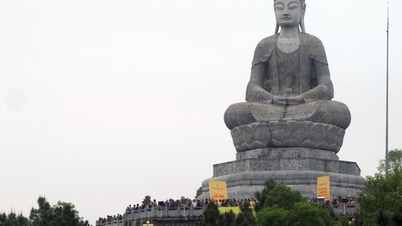

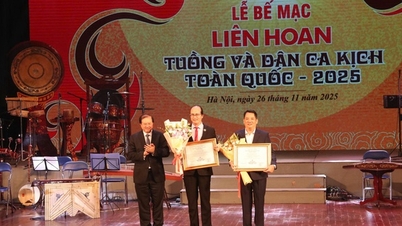







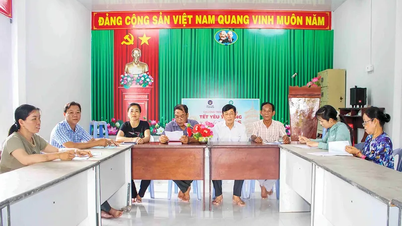
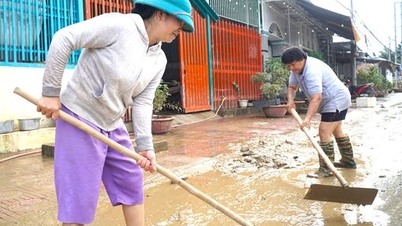
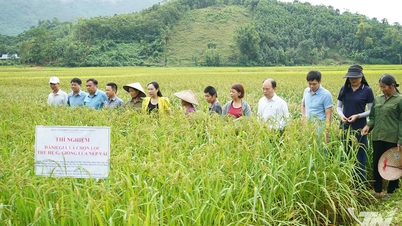

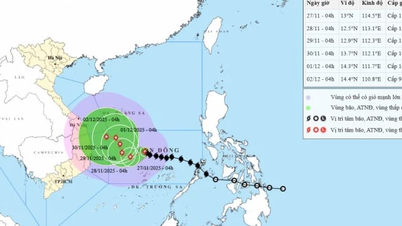













Comment (0)